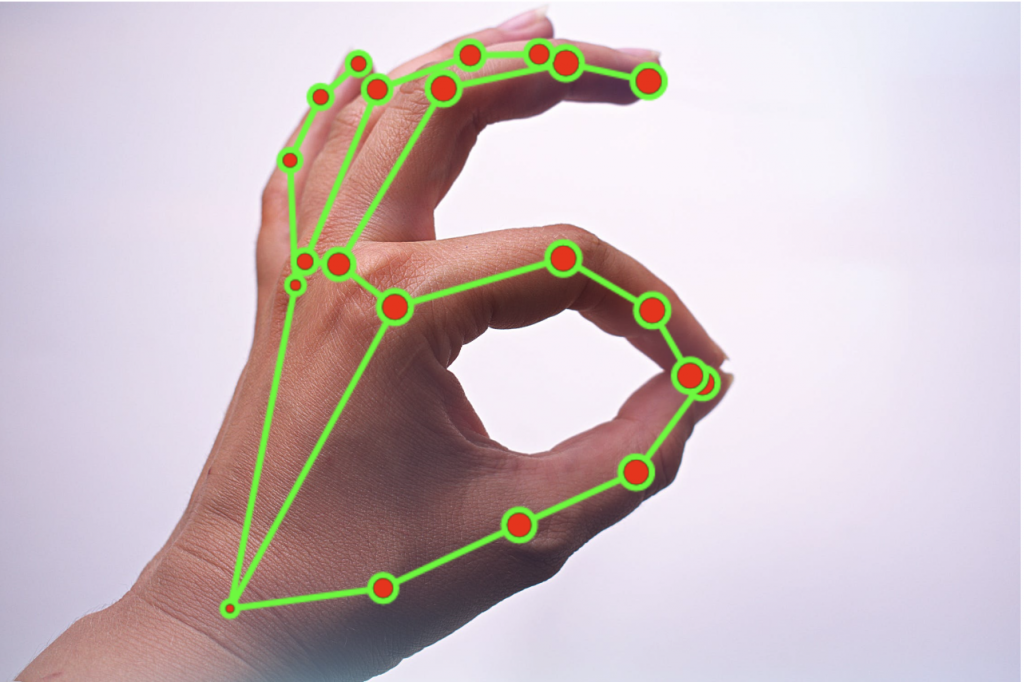Have you ever wondered how robots ‘see’ the world around them? It’s like teaching them to understand the pictures they capture! Welcome to the fascinating world of Image Processing Node in ROS—a cool tech playground where robots learn to make sense of what their cameras see.

What’s the Buzz About Image Processing?
Imagine a robot’s camera as its eyes, capturing snapshots of its surroundings. But these images need a little magic to be understood by robots. That’s where Image Processing Node comes in! It’s like a superhero translator, turning raw pictures into information that robots can use to navigate, detect objects, and make smart decisions.
How Does It Work?
Okay, let’s break it down. The Image Processing Node takes these ‘eye’ pictures, then works its magic! It enhances the images, identifies shapes and colors, and spots important stuff like objects or obstacles. Think of it as giving robots superhero vision—helping them avoid obstacles or recognize your smile!

Fun Things Image Processing Node Can Do
- Detecting Faces: Ever seen a robot recognizing your face in a crowd? That’s Image Processing Node at work! It spots faces in images, helping robots interact more personally.
- Tracking Objects: It’s like a game of ‘find and follow’! Robots can track moving objects, like your favorite toy car, using image processing skills.
- Recognizing Colors: Imagine teaching a robot all about colors! Image Processing Node helps robots identify red apples or blue balls just by looking.
Where Does It Fit In Our Lives?
This tech isn’t just for robots in labs! Image Processing Nodes are used in cool real-life scenarios. From security cameras spotting intruders to self-driving cars recognizing traffic signs, the possibilities are endless!
Let’s Make It Simple
Okay, remember your phone camera’s filters? It’s a bit like that, but supercharged! Instead of just adding bunny ears, Image Processing Node helps robots make smart decisions based on what they ‘see’.
Real-world Applications
These applications demonstrate the diverse potential of Image Processing Nodes in various industries, showcasing how this technology can impact healthcare, transportation, agriculture, manufacturing, security, retail, environmental studies, and beyond.
| Industry / Application | Usage of Image Processing Node |
|---|---|
| Healthcare Robotics | Assisting in surgeries through precise image analysis. |
| Autonomous Vehicles | Enhancing object detection for safer self-driving cars. |
| Agricultural Automation | Identifying and managing crops, pests, and soil conditions. |
| Manufacturing & Robotics | Quality control, inspecting products on assembly lines. |
| Security and Surveillance | Detecting and tracking intruders or suspicious activities. |
| Retail and Service Robots | Recognizing customers’ needs and preferences for better service. |
| Environmental Monitoring | Analyzing satellite images for land, water, or climate studies. |
Example of Image Processing in ROS:
Imagine a scenario where a robot equipped with cameras needs to process images for better navigation and object recognition.

- Image Enhancement: The robot captures images, but they might have distortions or noise. Through various image processing techniques within ROS, these images undergo enhancement processes like noise reduction, contrast adjustment, or brightness normalization.
- Feature Extraction: Using ROS libraries and nodes, the robot identifies key features in the images. It might recognize edges, shapes, or specific objects by processing the visual data, enabling better understanding and decision-making.
- Color Analysis: Image processing techniques within ROS allow the robot to analyze colors in images. It can differentiate between various colors or color ranges, aiding in identifying objects or environmental characteristics based on color patterns.
- Object Detection and Tracking: Utilizing ROS libraries for computer vision, the robot can detect and track objects within the images. This could be used for navigating around obstacles or following a specific object of interest.
Application Scenario:
Consider a warehouse scenario where a robot navigates shelves to identify and collect specific items. Image processing techniques in ROS help the robot process images captured by its cameras. It enhances these images to remove distortions, extracts features to identify objects, analyzes colors to differentiate between various products, and detects and tracks items for efficient picking and delivery.
This example illustrates how image processing techniques within ROS enable robots to interpret visual data, enhancing their capabilities for navigation, object recognition, and decision-making in various real-world applications.
Embracing the Future with Image Processing in ROS

Exploring the realm of image processing within ROS unveils a world where robots perceive, interpret, and interact with their surroundings. It’s akin to teaching robots how to decipher visual cues—an essential step in their journey toward autonomy and intelligence.
Our foray into the world of image processing within ROS barely scratches the surface of what’s possible. The future holds boundless opportunities for this technology across various industries, from healthcare and agriculture to manufacturing and beyond.
Whether you’re a seasoned enthusiast or stepping into the world of ROS for the first time, the pursuit of knowledge is a powerful driving force. At NICE FUTURE INC., we’re not just observers; we’re mentors and problem-solvers, committed to supporting and enriching your journey.
Join us as we delve deeper into the vast landscape of image processing within ROS. We’re here to share insights, offer guidance, and provide solutions in the ever-evolving realm of technology.
Let’s unveil the myriad possibilities of image processing, unraveling its potential to transform industries and reshape our interaction with robotics. Together, let’s craft a future where innovation and technology merge harmoniously, creating a world that’s smarter, more efficient, and remarkably NICE. ???
Don’t forget to subscribe to our newsletter!




